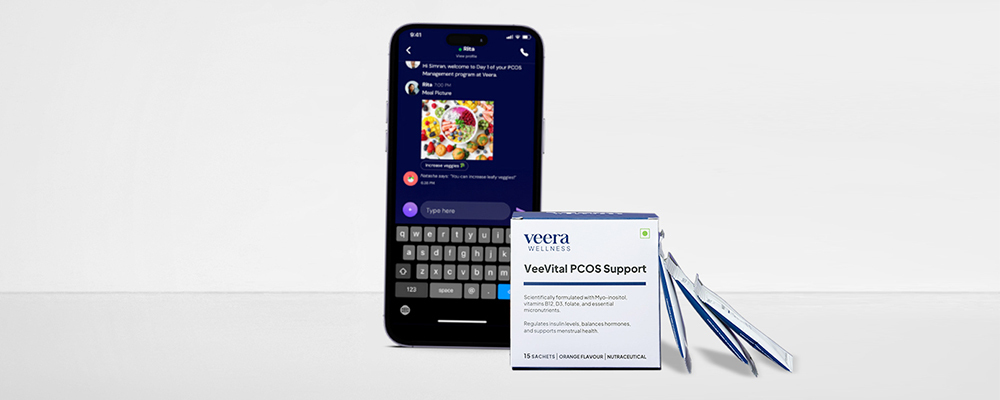We’ve come a long way from the time women used rags and reusable cloths for period protection. Chances are that you began using a particular type of sanitary pad as a teen and still swear by it. But the varieties of pads and tampons keep evolving every year. And shaking up the old pad vs tampon dispute, is a newer alternative- the menstrual cup.
So, we decided to dive deep into these different categories to help you make more informed choices. Broadly, there are two types of products you can use for menstrual hygiene during your periods – those that do not need to be inserted into the vagina and those that need to be inserted into the vagina.
Products that do not need to be inserted into the vagina
- Pads
Sanitary pads are made out of cotton or other absorbent material to absorb the blood. They have adhesive on one side that stick to your underwear. Some pads have ‘wings’ or small straps on either side to help fasten and contain leaks. We recommend wearing your pad for maximum of 8 hours. The most common type of pads available in the market is the disposable type. Established brands include Whisper, Stayfree and Kotex and they all offer different sizes and fits according to your type of flow. There are also newer brands such as PeeSafe that produce sustainable menstrual hygiene products. Other brands like RIO pads are designed to be “heavy-duty” for heavy flow.
Reusable pads like those offered by Ecofemme can last longer but need to be washed after every use and dried in the sun. Lately, many new homegrown brands like Nua, Heyday and Carmesi offer natural and biodegradable pads. These might be good options to consider if you have sensitive skin, prone to rashes.
Remember, pads cannot be worn in the water, like when you’re swimming as they absorb water and cease to be effective. They can also tend to get loose with activity or shift if not stuck tightly. We recommend sitting down after you put a new pad in your underwear to give it time to stick properly.
Products that need to be inserted into the vagina
- Tampons
Tampons can be made of similar material as pads – like cotton or other absorbent material – to soak up the blood. But they are smaller in size, look like tiny cylinders, and need to be inserted into the vagina. Most tampons come with a small plastic or cardboard tube that helps you insert the tampon inside. To remove, you need to pull on a string connected to the tampon to pull it out. This can take some practice so follow the step-by-step instructions in the box.
A common myth about tampons is that they might get lost inside you never to be found again. Fortunately, that is not the case! The structure of the vagina keeps it in place and your anatomy doesn’t allow it to get lost in the body. Tampons can be worn in water or for swimming. If inserted correctly, they will not move with activity and can barely be felt.
You can wear a tampon for up to 4-6 hours at a stretch. The most common brands available in India are Sirona, Floh, Tampax and Sofy.
- Cups
Cups are exactly what they sound like – small cups that can be inserted into your vagina to collect the blood. They are often made of rubber or silicone. To use the cup, you fold it up and insert it into your vagina. Once inside, the folded portion will open up into a cup shape.
Most cups are reusable. Once you take them out, empty the blood collected in it and wash it with soap and water to wear again. You can wear a cup for up to 12 hours. Reusable cups are supposed to last for as long as ten years!
Just like a tampons, a cup cannot get lost inside you. The structure of your vagina will keep it in place. Cups can also be worn in water or for swimming, and are unlikely to move with activity. If inserted correctly, you will barely feel it. She-cup and Sirona are some popular menstrual cups brands in the market.
What should you choose?
Whatever feels right! We recommend trying them all to see which one feels and fits best.
Comfort, sensation and occasion are some of the factors that might affect your choice. Some people do not like putting anything inside their body so they prefer using pads.
Others don’t like the sensation of pads in their underwear, the odour, and the pad lines showing through their outfit. Hence, they opt for tampons or cups
Some people use a combination of these products, depending on the occasion. For instance, they may wear pads overnight but tampons when they’re out and about during the day. Or they may wear pads all the time, except when they want to go swimming or do other sorts of physical activity.
The best way to know is always to try it for yourself. Or you can ask your close friends or family members what they prefer and why.
Have more questions about your period or menstrual hygiene? Get professional advice from one of the expert gynaecologists at Veera.


















